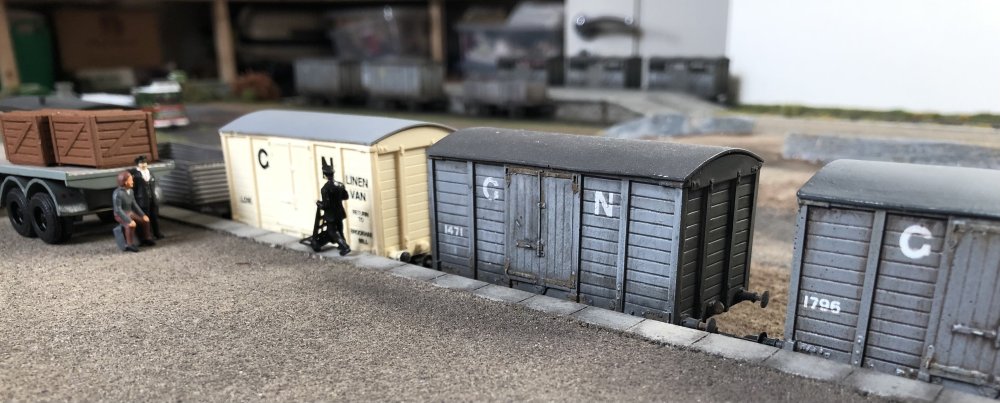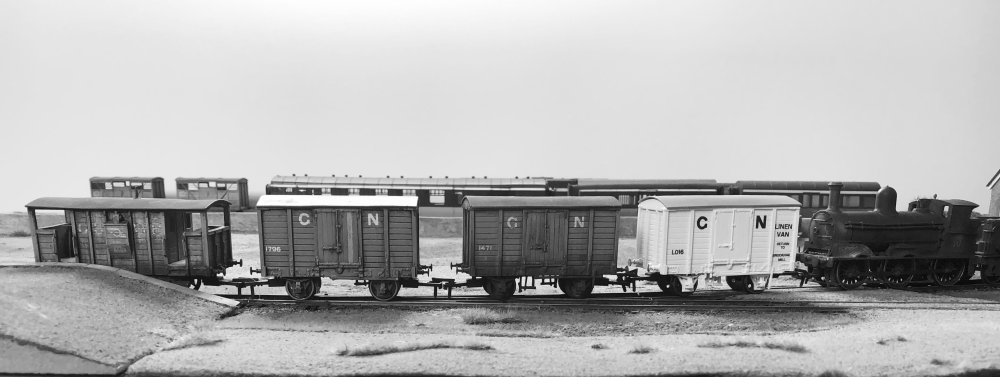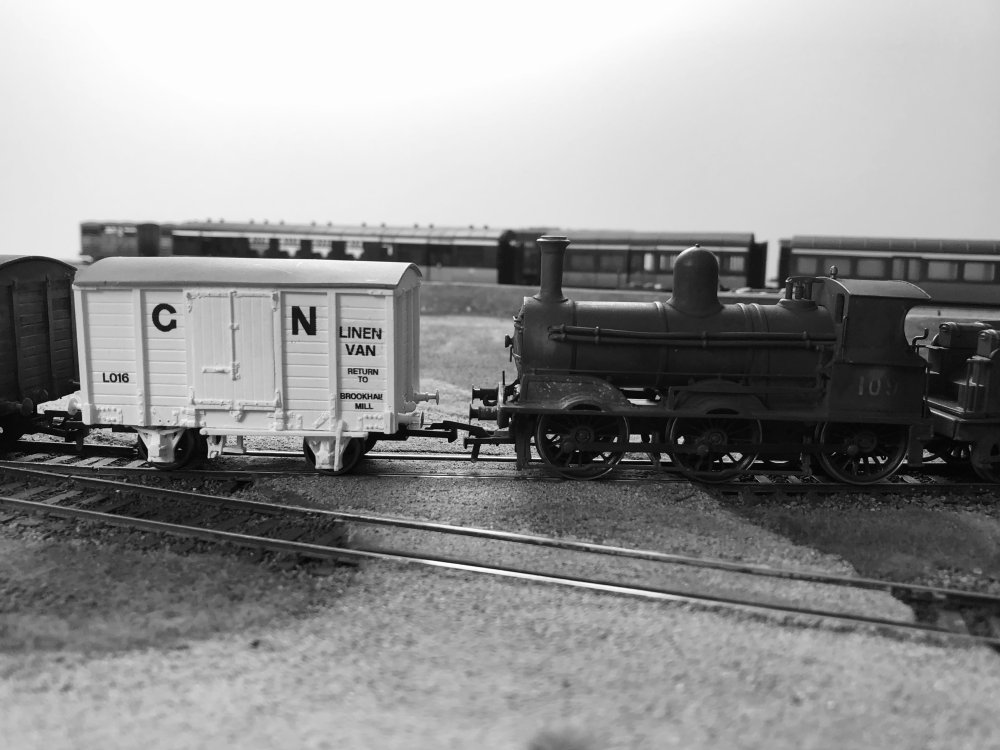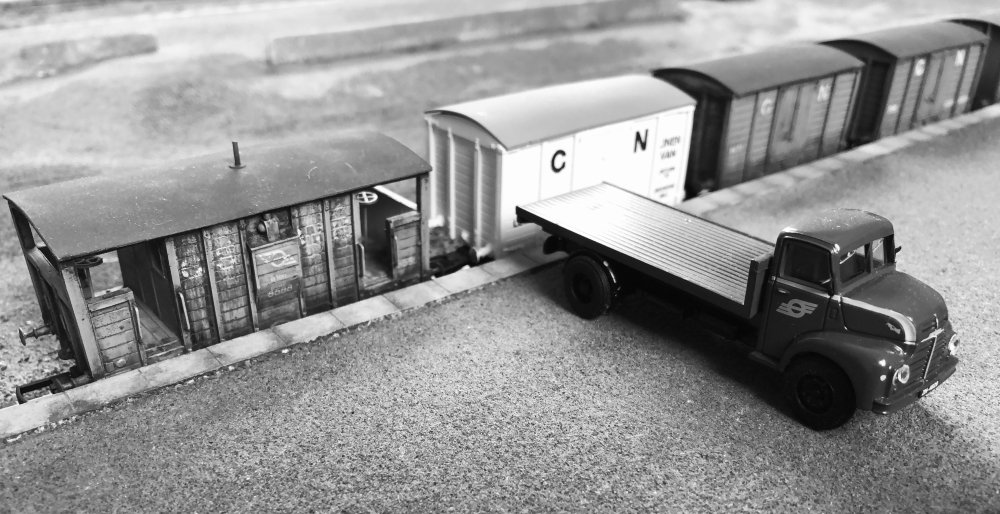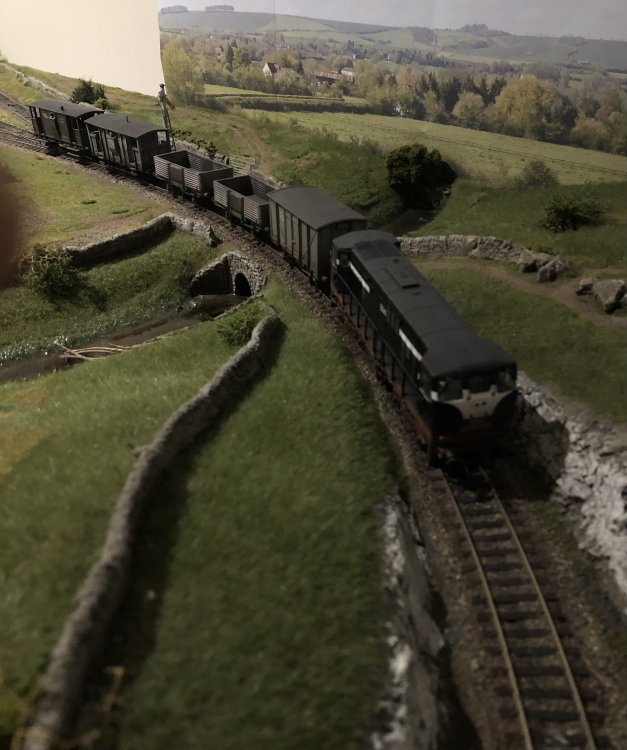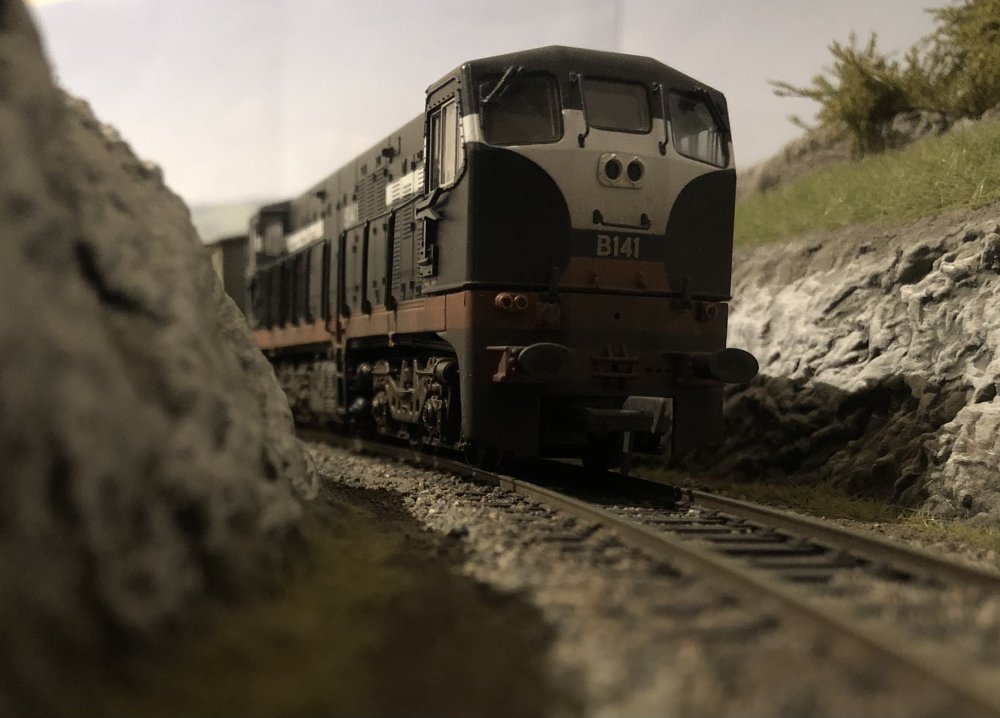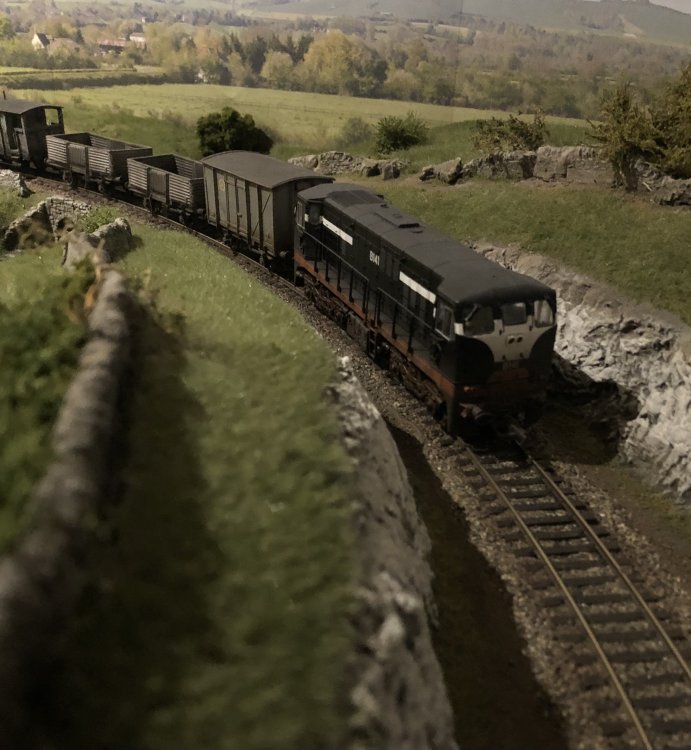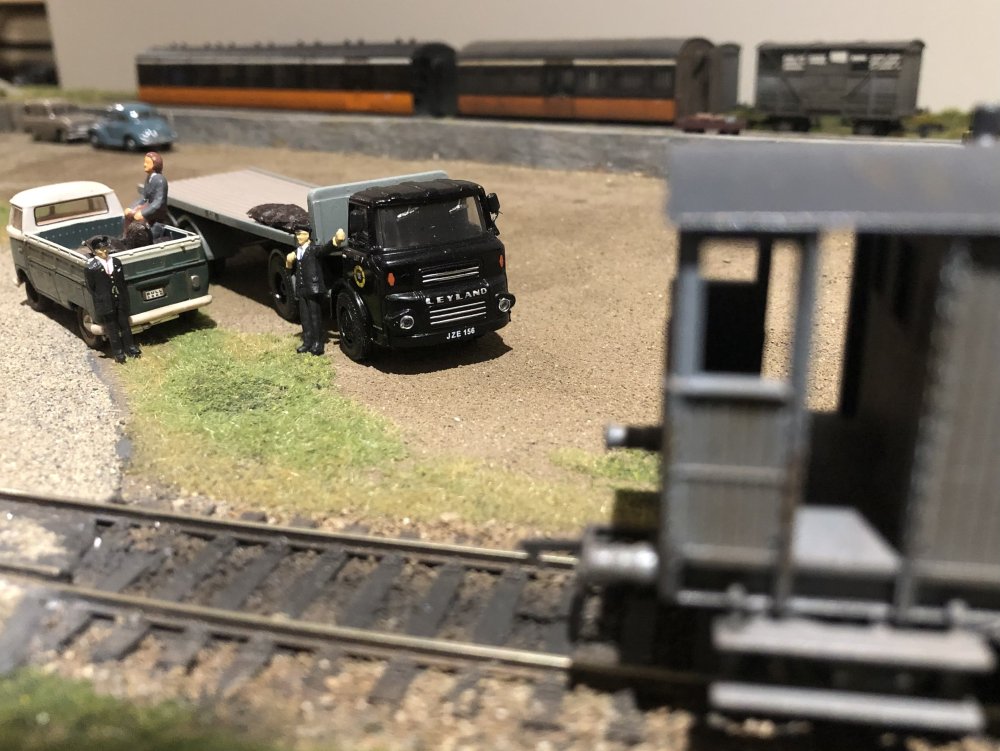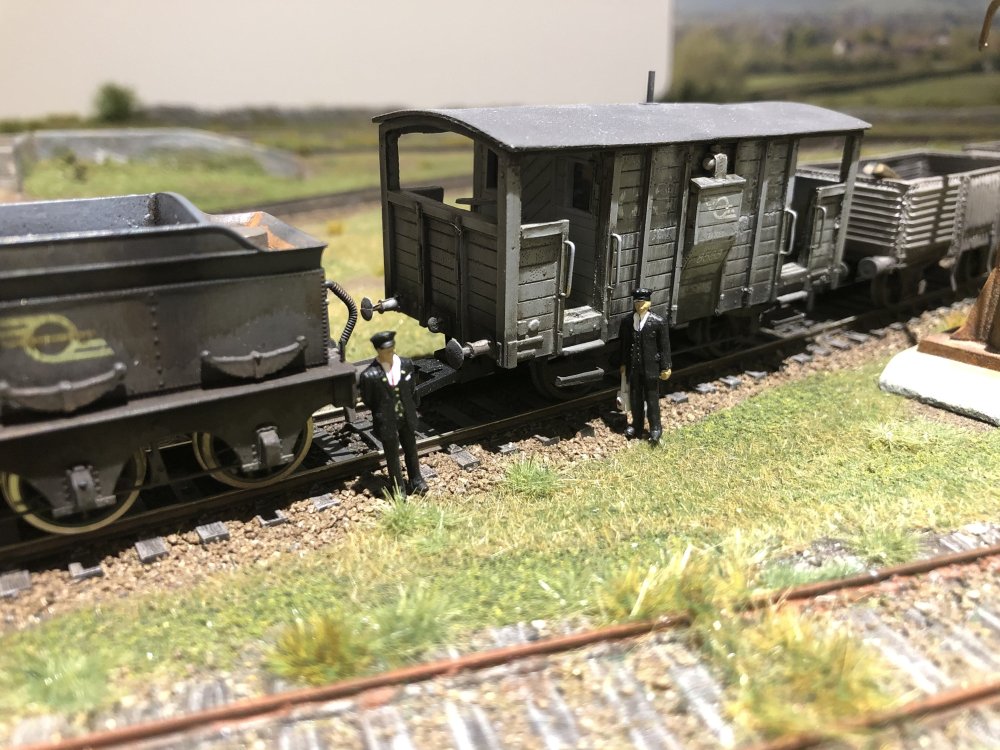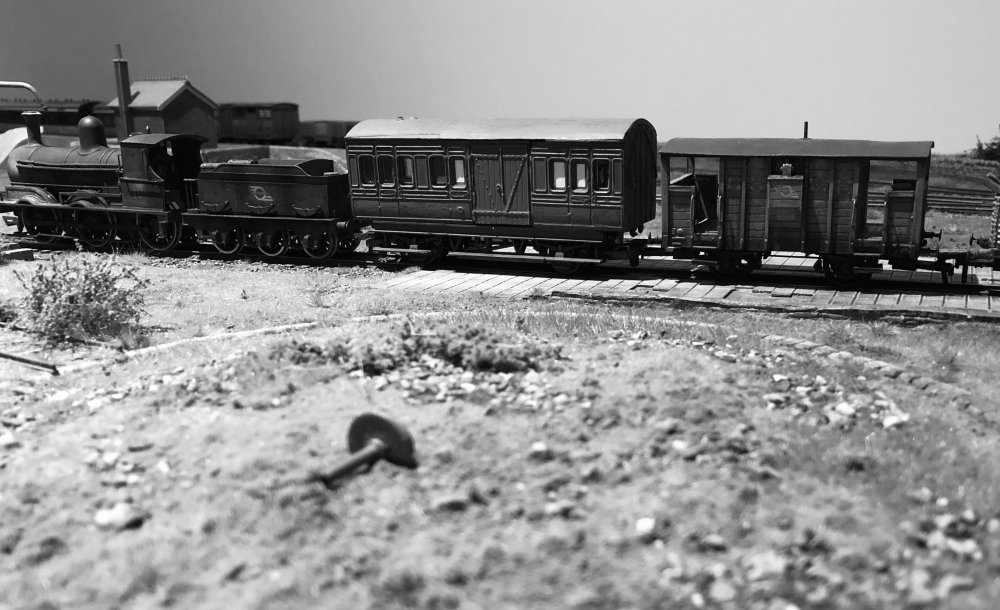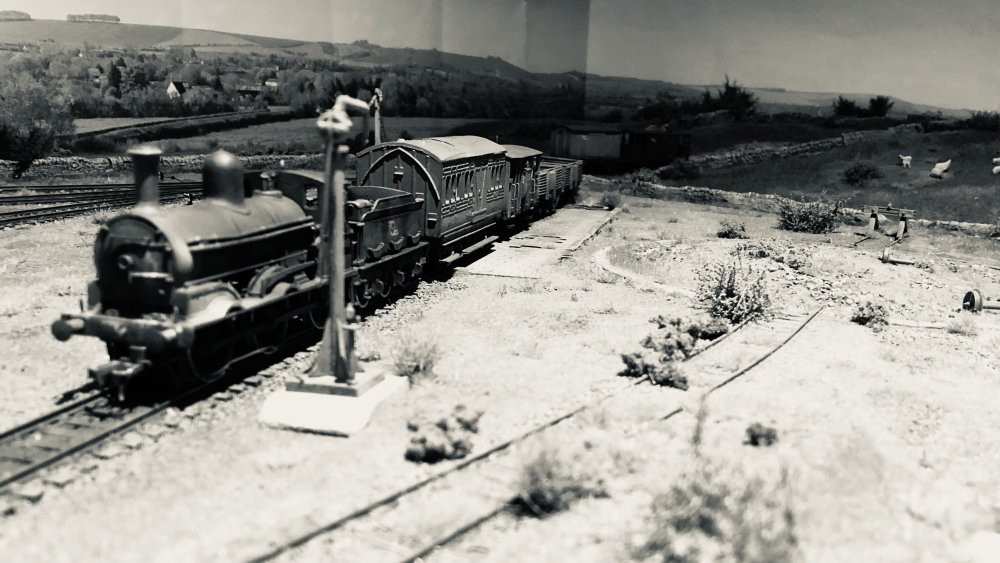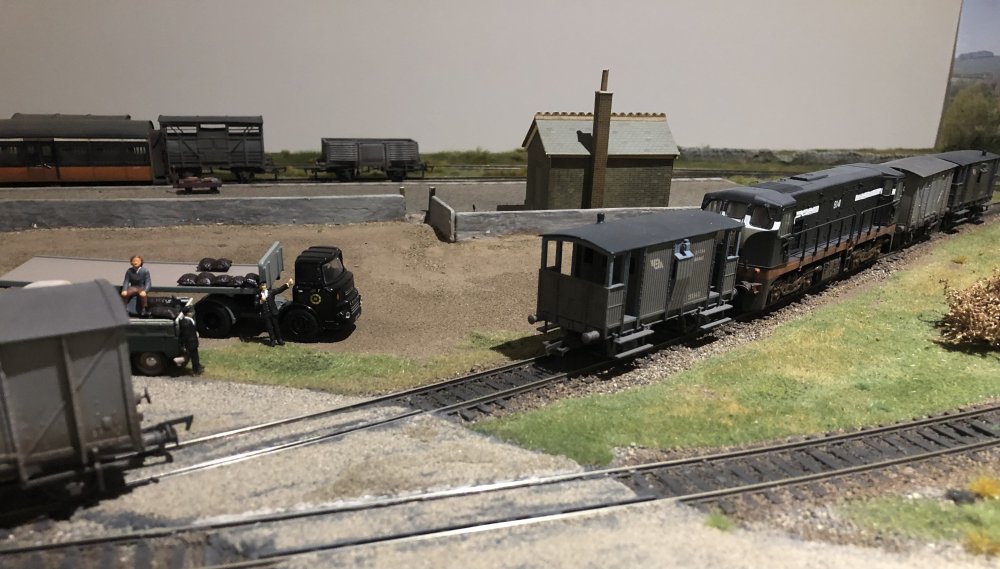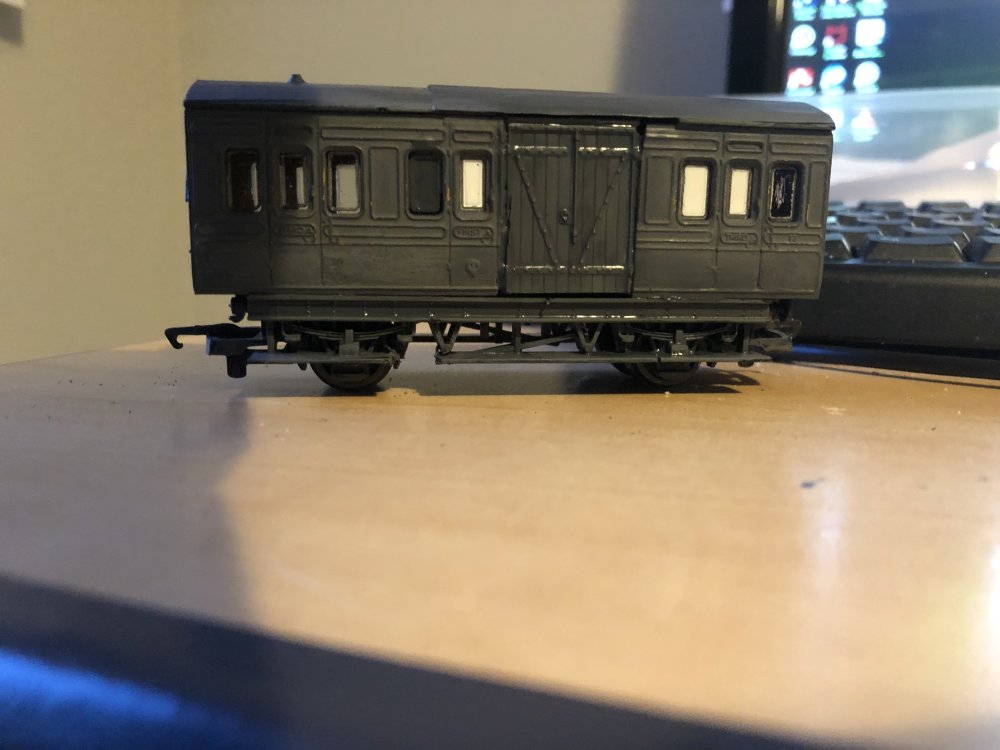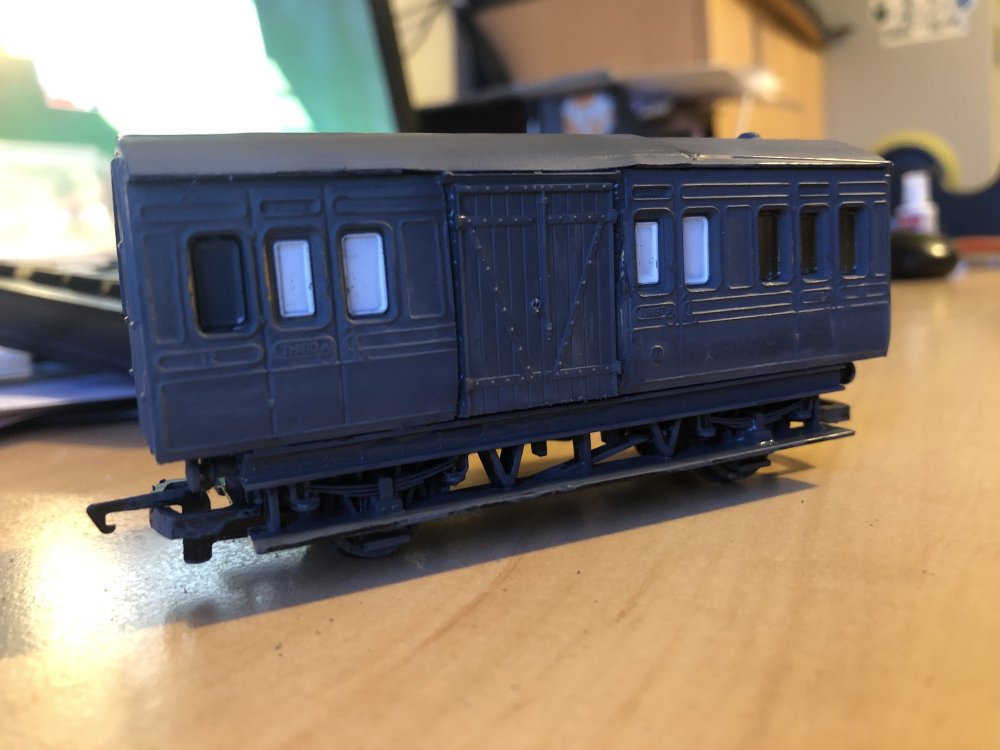-
Posts
15,935 -
Joined
-
Last visited
-
Days Won
394
Content Type
Profiles
Forums
Events
Gallery
Blogs
Community Map
Everything posted by jhb171achill
-
Yes, though very few. Allman’s in Bandon and Courtaulds in Carrickfergus, plus Derry Docks and Guinness, are about the only ones I can think of offhand.
-
Same layout, different day! IMG_3114.MOV IMG_3115.MOV
-
Yes, it is. He is a pleasure to deal with. I bought a few odds from him last year. He sells all his remaining stuff via that way now.
-
An ingeniuous use for one of those things!
-
The cabs, yes indeed - but the side tanks? Either way, an ingenious conversion! The livery for the GSWR was lined dark olive green as shown above until about 1902, after which black lined in red and white became the norm. The all-over dark grey first appeared about 1915, possibly following the extensive re-boilering programme at that time. During the currency of the dark green, lining was pale green, red and black up to about 1880 or so, with same green lined in black and cream later. Frames were mid-brown during the green livery.
-
Recently, there was talk of a yellow inspection car travelling from Rosslare Strand to Waterford. While some enthusiasts gathered at various points along the line to see this, but left empty handed when it did not appear as they had expected, one of these cars WAS seen approaching Waterford from Abbey Junction. This was maybe about three weeks ago. What I'm after is knowing whether it did traverse the whole route, or maybe just waterford out to the bridge and back - and whether anyone has a photograph of it that would be willing to lend me. Many thanks.
-
You'd need to remove the side tanks on the loco too...........?
-
Absolute priceless stuff - really captures the atmosphere so well…. (Second video wouldn’t open….?)
-
There will be serious overtime in CTC!
-
That ground texture with tyre marks and a certain amount of grit just looks SO realistic! Superb layout, one of my favourites.
-
Superb!!! That will be amazing!
-
Well, it’s the very same wagon, so looks like it!
-
Brookhall Mill was still sending linen to Dugort in the 1960s and 70s. Just before it went to containers, here’s another lot being shunted into position at its destination. “It’s to go to McBrides Tailors in town. He’s sending his cart to get it. I think it’s rolls of cloth from the north, but there’s oil stains on it - inside of that van is filthy. Think they’ll notice it?” “NOTICE it? It’s material to make wedding dresses, and there’s OIL on it and the best man is PJ’s son! There’s going to be WAR over this!….”
-
Interesting that you got a picture of that van leaving Brookhall, Paddy…. I was about Dugort the following day and I saw it arrive - a pristine cream wagon quickly getting covered in smuts from a J15 with dirty coal, as it was shunted into position for unloading. There must have been a big consignment, as there were two other GNR vans too…
-
Wow - in all cases, looks amazing!
-
Absolutely stunning layout! With no 00 Works J15s left now, unless they do a re-run or you get lucky on ebay, you'd do a lot worse than just repaint one of those LNER ones in dark grey and weather the living daylights out of it............ I thought of doing that years ago before the 00 Works ones came out. You need a brake van also for those beet wagons - they only ran without them once they became double decked - Leslie's "Provincial Wagons" one, Mayner's CIE one(s), or Studio Scale Models' brass kit of a CIE one would do that job perfectly! Keep the pics coming - the scenery on that layout sets a bar for all of us. Your attention to detail of the rural landscape is unreal. What's that station building, if I may ask - is it Skaledale? Also, what's the beet load?
-
There is - several vans of linen, the guy in the station tells me, due in on the goods tomorrow. So I’ll head down to the station to photograph the goods, as there are bound to be GNR wagons in it….
-
-
“That fella doesn’t THINK. Brake van in the MIDDLE of this lot. Always takes twice as long to shunt when he’s been anywhere near the place….” “…….just before Sragh cutting. Hot box again. Time that oul van was put out of its misery, sure the roof leaks like a sieve too…..”
-
In 1956, the branch loco brings a crew van into Dugort Harbour. This will be used by the lifting crew for the nearby Drumbane branch, which was closed in 1947.
-
-
Absolute CLASS, Beano - superb stuff!
-
.png.c363cdf5c3fb7955cd92a55eb6dbbae0.png)







